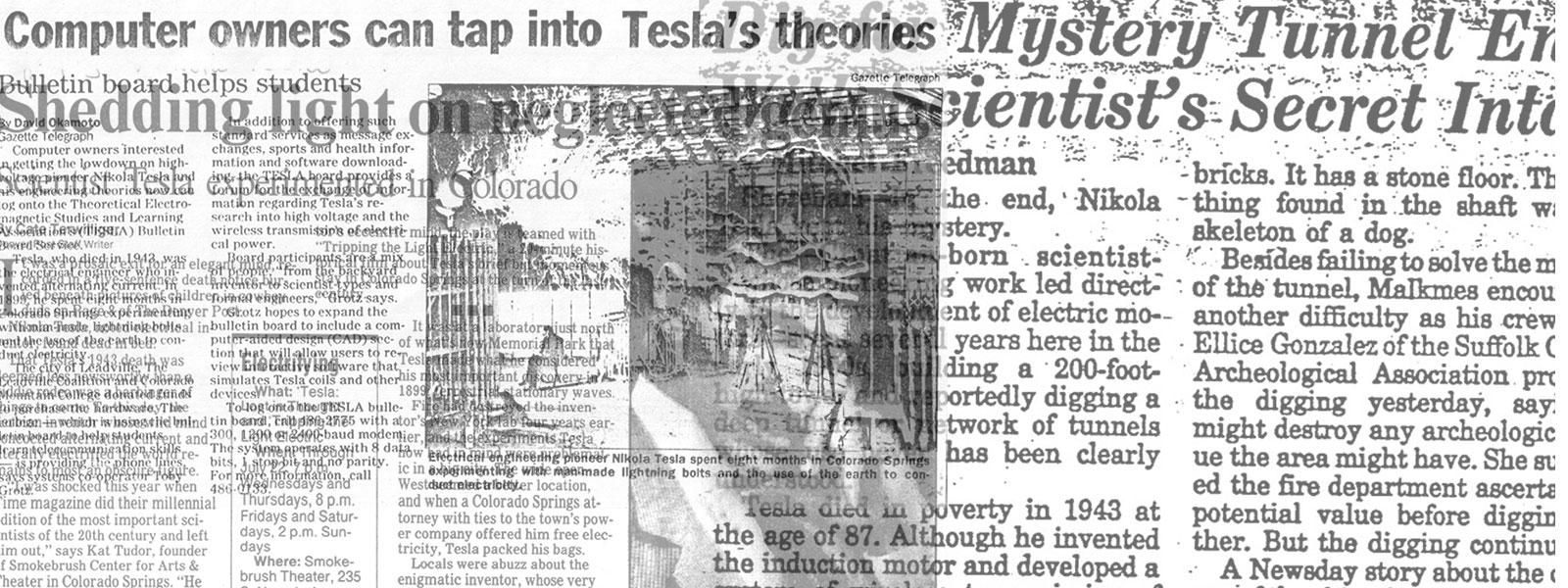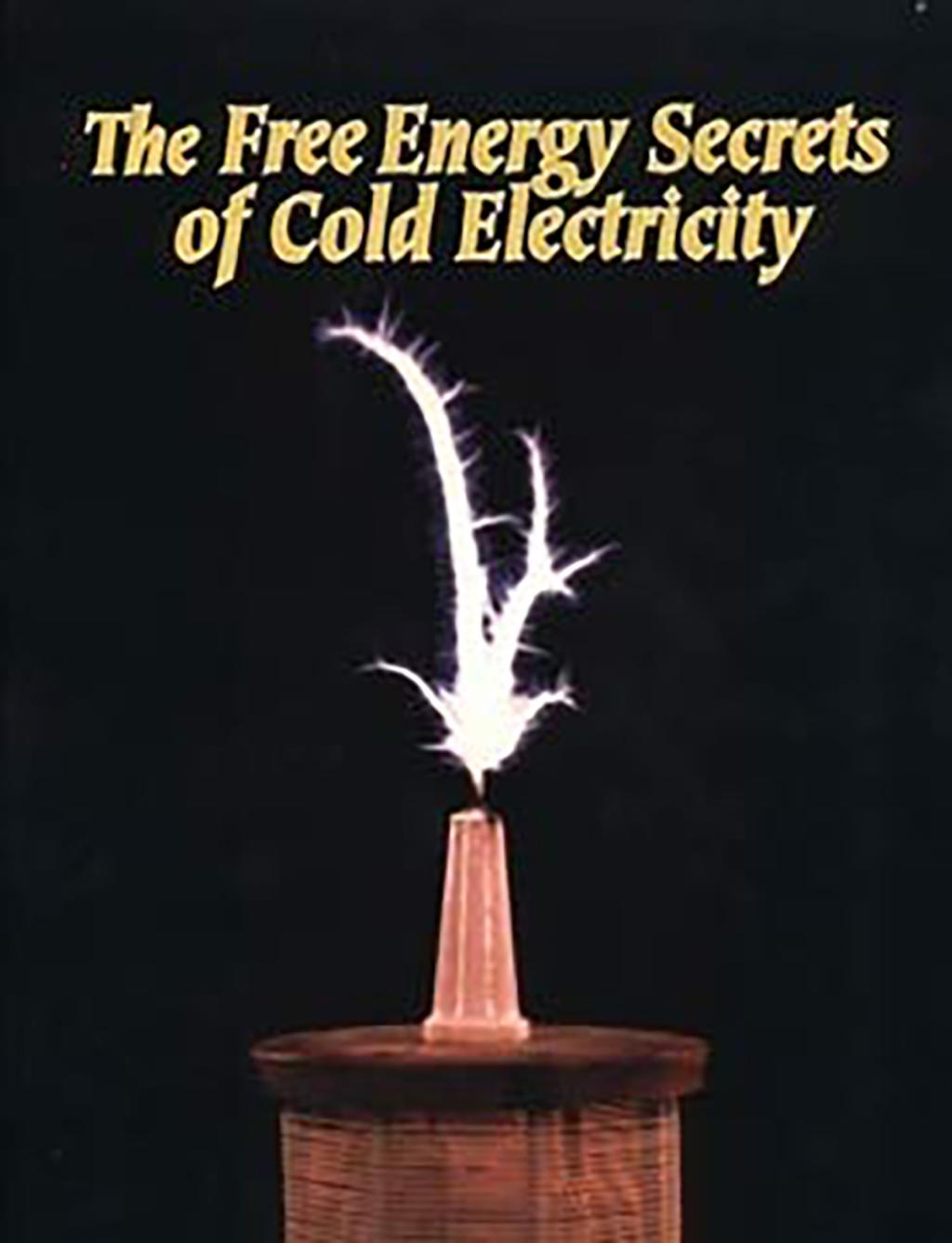
Nikola Tesla Articles
Book Review - The Free Energy Secrets of Cold Electricity
The Free Energy Secrets of Cold Electricity, by Peter Lindemann, D.Sc., Clear Tech, Inc., P.O. Box 37, Metaline, WA, 99153, 2001, 130 pp., softcover, $29.95.
In his book, Dr. Lindemann focuses on the work of Edwin Gray. Copies of the three Edwin Gray patents are included with three of Nikola Tesla’s patents to show how closely they are related. In 1973, Gray invented an electric engine which ran off of high-voltage impulses, reminiscent of some of Tesla’s experiments. Lindemann was introduced to Edwin Gray’s work when it was first publicized, and became fascinated by the prospects of free energy. He eventually obtained copies of Gray’s patents, and scrutinized them to try to figure out how the impulse circuit functioned. While the patents speak for themselves, it is Lindemann’s thorough analysis that makes the book worth a careful read. Finding gaps in Gray’s disclosures, he turned to Tesla’s patents and historical accounts of his impulse devices. The most interesting part of the book is where Lindemann excerpts Gerry Vassilatos’ description of the techniques Tesla employed to obtain extremely short electric impulses. This is the key to understanding Gray’s invention, and suggests that extremely short, high-intensity electric impulses produce a phenomenon not recognized by Maxwell nor standard electromagnetic theory. High-voltage electrostatic impulse, instead, is likened to a shock wave.
Another world of discoveries opened when Tesla placed a 2’-long, cylindrical copper shell, spiral sliced so as to make it a single-turn coil, near his impulse apparatus. White sparks saturated the outer surface, and soft, wispy, silver-white discharges undulated from the top of the cylinder. The effects intensified when the cylinder was placed within the primary coil. A shock wave was observed to rise on the cylinder, perpendicular to its axis, and without regard to the turns in the coil. With a one-inch spark gap, undulating discharges in excess of two feet in length wafted off the top of the coil. These misty white streamers proved harmless, and cool to the touch. The effects perceptibly stuttered with each pulse; and the field was observed to grow with time, as evidenced by the increasing radii of luminosity of vacuum globes in the lab. What’s more, the growing fields consisted of layers of alternating radiant and neutral zones, corresponding to each pulse in the wave train. Tesla had taken great efforts to guarantee that the connection time far exceeded the disconnect time, and that no backrushes occurred. It appeared that the shock waves could be intensified if passed through split objects. In some instances, Tesla noted amplifications of 10,000 V/in along the length of a coil. He also observed that the shock waves were capable of inducing charge on any nearby surfaces. These charges would remain minutes after the generator was deactivated. Tesla could regulate the amount of charge deposited, as well as its sense, by shifting the position of his magnetic discharger. When the top of the secondary coil was touched by a metal point, the white electrical stream flowed like water, and metallic objects in the path of the stream developed charges and currents, sometimes measuring thousands of amps.
1 Gerry Vassilatos, Secrets of Cold War Technology: Project HAARP and Beyond (Bayside, CA: Borderland Sciences Research Foundation, 1996).
